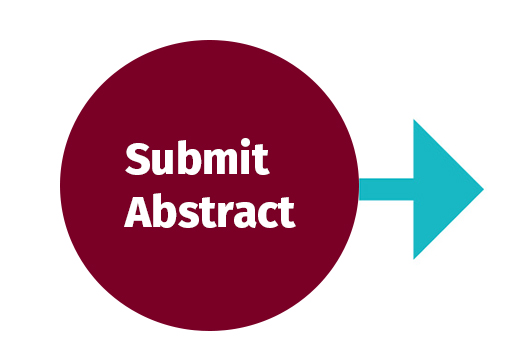Fabio D’Andreagiovanni
Sorbonne University, France
Title: Strong and stable optimization approaches to wireless network design
Biography
Biography: Fabio D’Andreagiovanni
Abstract
The Network Design Problem (WND) consists in establishing the location and the radio-electrical configuration of the transmitters that constitute a wireless network, in order to maximize a revenue function associated with service coverage of user devices located in a target area.Because of the impressive growth and evolution experienced by wireless communications in recent times, solving the WND has become a very challenging task, which requires the adoption of sophisticated mathematical optimization methods. Classical optimization models for the WND correspond to Mixed-Integer Linear Programming Problems (MILPs) that directly include signal-to-interference quantities and the notorious big-M coefficients to model disjunctive constraints. Such MILPs have been widely used in different application contexts, such as 5G, LTE and DVB-T, as they allow to easily model the WND. However, such MILPs present heavy numerical drawbacks that greatly limit their use in real planning. In practice, optimal solutions may be computed only in the case of small-sized instances, while, for large real-life instances, even finding feasible solutions may constitute a hard task for state-of-the-art optimization solvers. Furthermore, solutions may contain coverage errors. In order to tackle such computational issues, we discuss how we can exploit the combinatorial structure of the WND to define Pure 0-1 Linear Programming formulations, which prove strong from a polyhedral point of view and stable from a numerical point of view, thus allowing to greatly increase the capacity of solving real WND instances and to find high quality solutions without coverage errors. Our contributions are strongly based on our direct experience with realistic WND instances, considered in industrial partnership (e.g., with British Telecom Italia and Agcom, the Italian Authority for Telecommunications).

